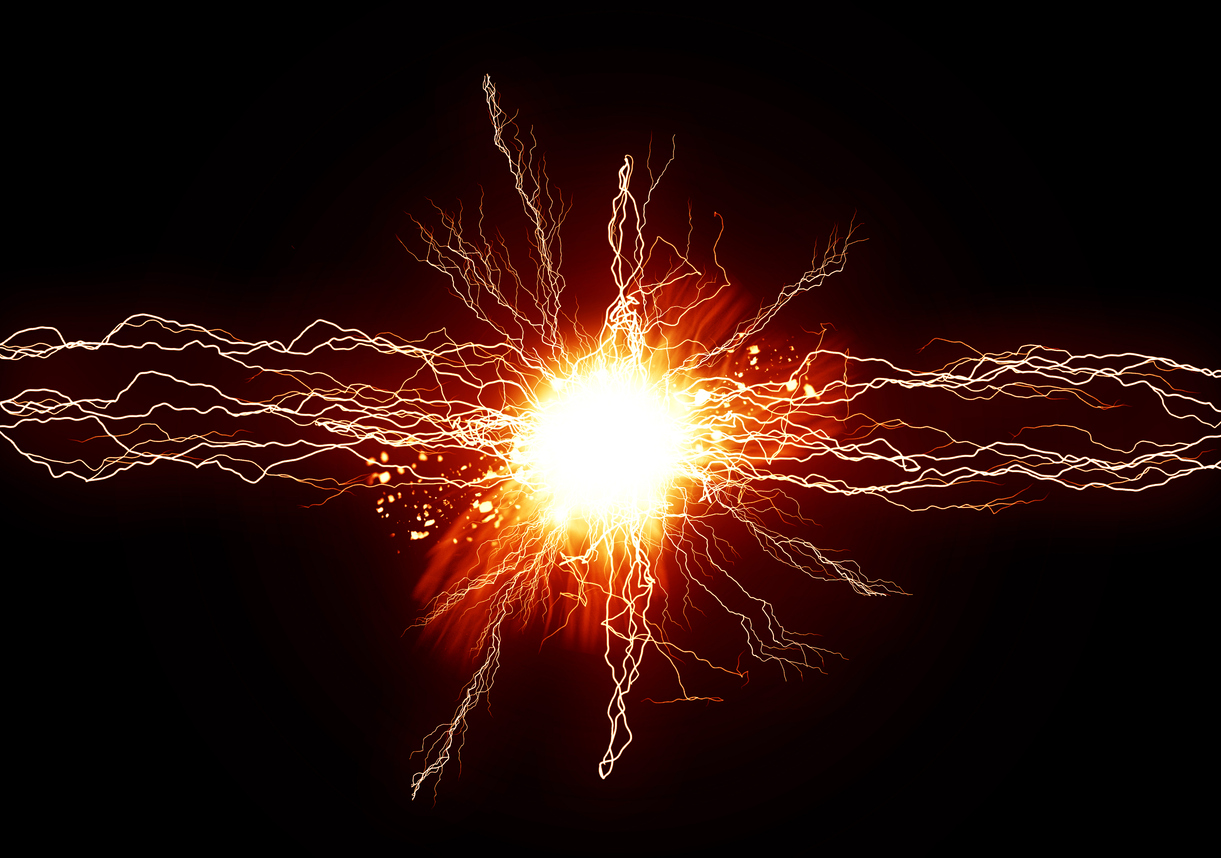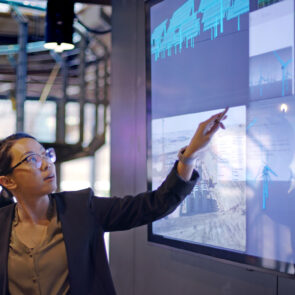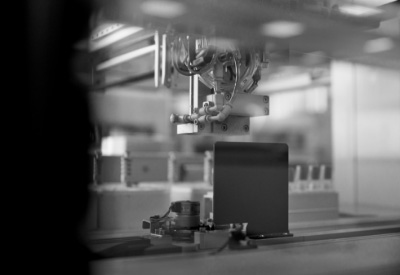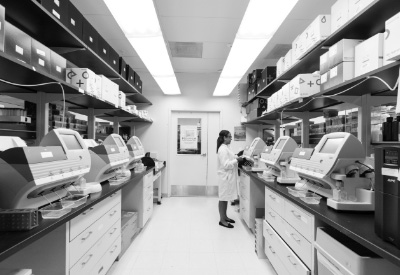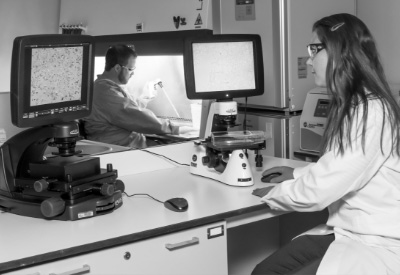A recent scientific breakthrough in nuclear energy technology was achieved with the world’s first successful attempt at fusion ignition. This momentous discovery has led to unprecedented attention from both scientists and the general public and an increased effort to investigate further topics in nuclear ignition.
What Is Nuclear Fusion Ignition?
All fusion reactions release energy, but there must first be an initial input of energy to start the reaction. When the power output released by a fusion reaction is equal to the power input, it is referred to as a “scientific breakeven.” Until recently, the energy input in such experiments has always exceeded the energy output.
Nuclear fusion ignition refers to what happens when the energy given off by the fusion reaction exceeds the energy required to start the reaction—in other words, fusion ignition is when a nuclear fusion reaction becomes self-sustaining, creating a net energy gain.
The National Ignition Facility (NIF)
The National Ignition Facility (NIF) housed at California’s Lawrence Livermore National Laboratory is the world’s largest and most powerful laser system. This massive device utilizes a fusion energy process known as inertial confinement fusion (ICF) to initiate nuclear fusion by generating extreme temperatures and pressures exceeding 180 million degrees Fahrenheit and 100 billion Earth atmospheres in a target.
Construction of the NIF began in 1997, although the first large-scale experiments didn’t launch until 2009. Since then, the facility has been mostly used for materials science and weapons related research, with consistent investigative efforts being carried out with an end goal of achieving fusion ignition.
Fusion Ignition Achieved
A major development in NIF’s fusion research made headlines worldwide when it achieved fusion ignition for the first time on December 5, 2022.
The technique the NIF used to achieve fusion relied on shooting 192 lasers at a millimeter-wide deuterium/tritium fuel pellet. The resulting heat and pressure caused the pellet to undergo fusion. The essential aspect of this experiment was the energy that was released from this fusion process.
In this case, while the lasers delivered 2.05 megajoules of energy to the pellet, the pellet released an output of 3.15 megajoules—a massive gain of ~1.5! This completely surpassed the previous output record of 1.35 megajoules (a ~30% energy loss).
FAQs About Fusion Ignition
For many people, the recent advancements in fusion ignition have led to more questions than answers. As with all good science, this initial discovery has opened several new avenues of exploration related to the future of fusion ignition, how the public may use it, what limitations still exist, and what improvements need to be made going forward. The entire fusion field has undoubtedly been reinvigorated by these recent breakthroughs, and it is safe to assume that the discoveries will not end here.
What does fusion ignition mean for the future?
The implications of successful fusion ignition are hard to overstate, but perhaps most importantly is that it serves as a critical first step towards clean energy solutions and a world less reliant on fossil fuels. Jennifer Granholm, Secretary of the U.S. Department of Energy, described this nuclear fusion breakthrough ignition as “…one of the most impressive scientific feats of the 21st century.”
This ignition fusion achievement also has national defense implications, allowing nuclear deterrents to be established without the need for active nuclear testing, which can be dangerous, expensive, and environmentally hazardous.
How will fusion ignition affect other fusion experiments?
There is a global effort to achieve fusion for energy applications, and a multitude of scientific, engineering, and technical hurdles to overcome. While not all fusion-technology concepts currently being pursued can implement the techniques employed by the NIF, the proof-of-concept and increased interest in the fusion field will undoubtedly be positive for ongoing and future scientific efforts.
What comes next for fusion ignition?
Now that researchers know that fusion ignition is possible, the next step will be to make the entire process more efficient. A natural starting point would be to investigate potential methods to make more powerful but less energy-intensive lasers to deliver the massive amount of energy required to start the initial fusion reaction.
Other areas for improvement may involve modifications to increase the efficiency of the fusion fuel, both in terms of storing the fuel and harvesting the rare fuel components in the first place.
While it may be a while before your house is powered by fusion energy, the Department of Energy is developing a broad coordinated fusion energy program in the United States, with research efforts already underway.
How does the CHIPS Act encourage fusion ignition research?
In August of 2022, President Biden signed the Creating Helpful Incentives to Produce Semiconductors (CHIPS) and Science Act (H.R. 4346) into law. A main priority of this act is to boost investments in nuclear science initiatives. The recent successes of this technology, combined with an influx of funding and support, aim to revitalize the nuclear science sector, paving the way for future nuclear fusion ignition discoveries.
City Labs Stays Informed on Current Nuclear News
With a field as rapidly evolving as nuclear energy, it’s important to stay up to date. City Labs has partnered with global leaders in the nuclear energy field, including Lawrence Livermore National Laboratory, home of the NIF, to ensure we remain on the cutting-edge of nuclear energy research.
By staying at the forefront of this rapidly evolving field, we can incorporate groundbreaking technology to continuously improve the overall design and function of our tritium battery products.

